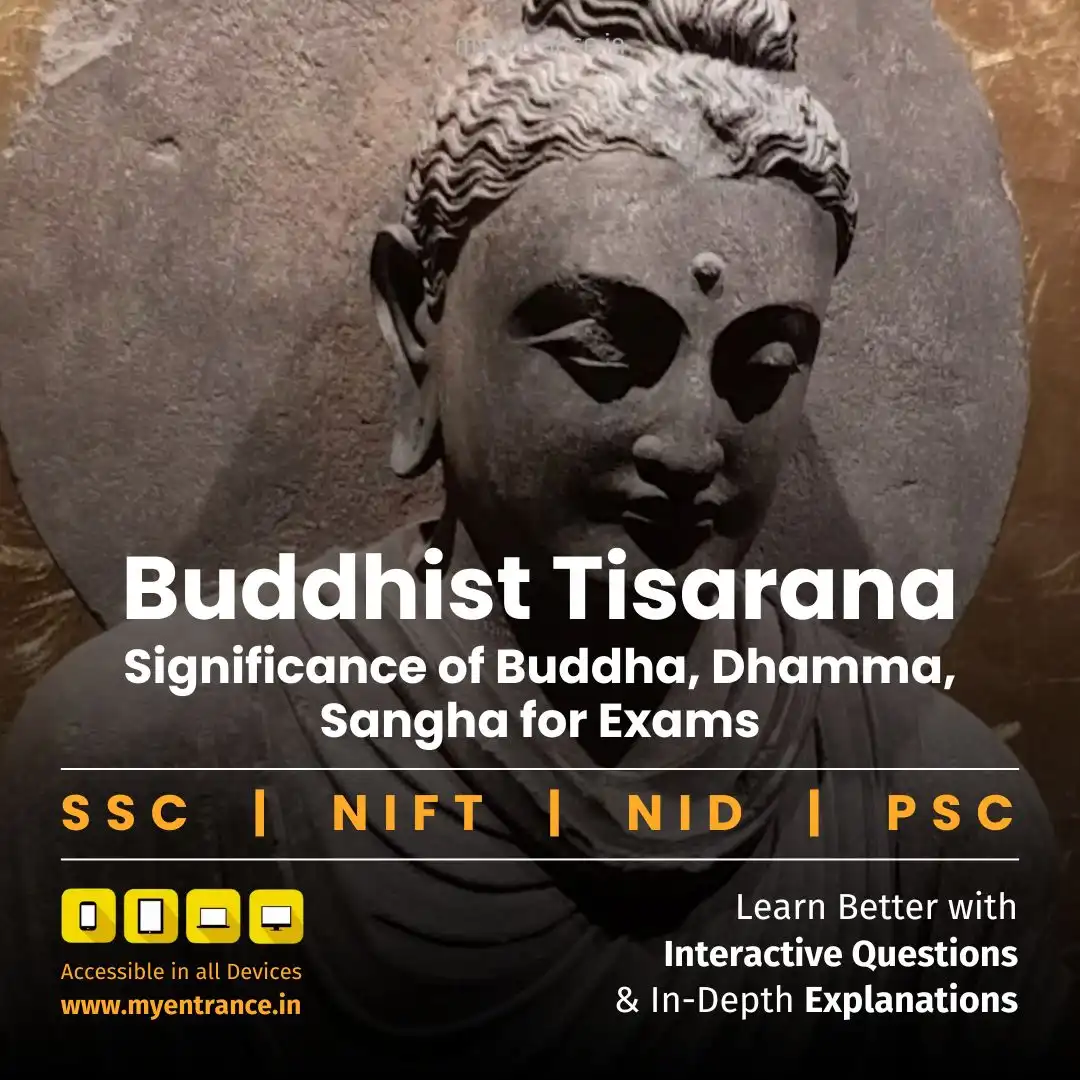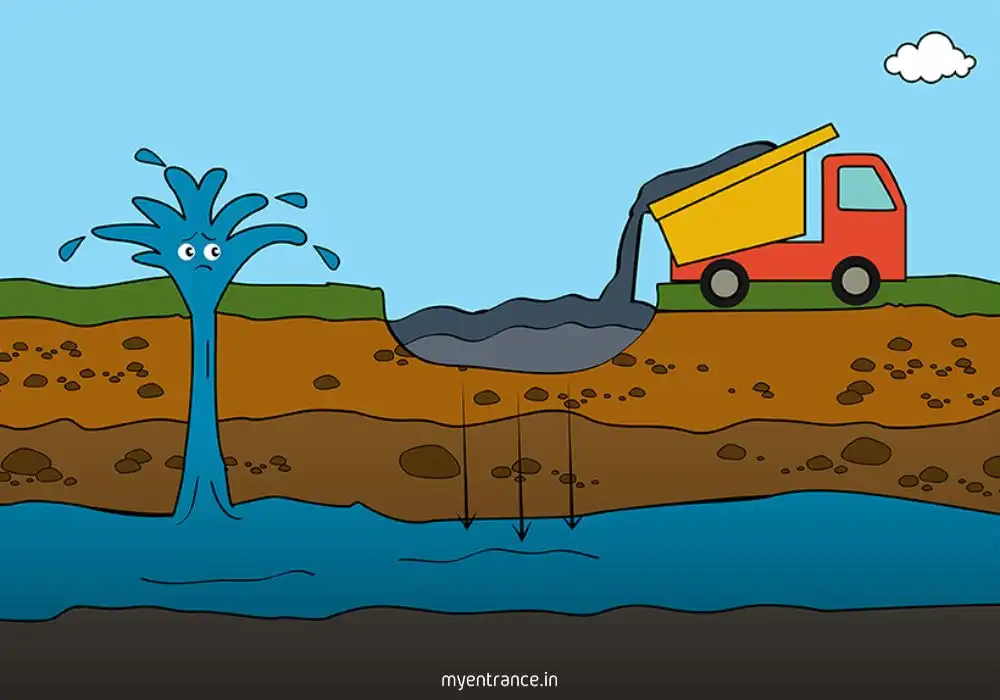Select Language
Triratna in Buddhism: Buddha, Dhamma, Sangha Explained | Ancient History: Sample Q&A
Buddhism’s foundation lies in the Triratna—Buddha, Dhamma, and Sangha—guiding followers to enlightenment. These refuges shape Buddhist philosophy, ethics, and communal practice across centuries.
1. Buddha: The Awakened Teacher
Not a deity, but a guide: Revered for discovering the path to liberation (nibbana).
Dhammapada (Verse 183): Emphasizes moral conduct: “Avoid evil, cultivate good, purify the mind.”
Majjhima Nikāya’s analogy: Compares Buddha’s Dhamma to the “finest fragrance” (e.g., jasmine among flowers), surpassing all contemporary teachings.
2. Dhamma: The Teachings & Doctrine
Core principles: Four Noble Truths, Eightfold Path, and anattā (non-self).
Anattā explained:
Milindapañhā’s chariot parable: Just as a chariot has no inherent “self” (only parts), humans lack a permanent soul.
Identity = Five Aggregates (skandhas): Form, sensation, perception, mental formations, consciousness.
Dhamma as a raft (Majjhima Nikaya 1.134-35):
A tool to “cross the river of suffering”—discard after use to avoid attachment.
3. Sangha: The Monastic Order
Structure: Governed by Vinaya Pitaka (monastic rules: 227 for monks, 311 for nuns).
Key practices:
Pravrajya: Initiation (shaved head, ochre robes, refuge vow).
Uposatha: Fortnightly recitation of Patimokkha rules.
Monsoon retreat (vassavassa): Led to permanent viharas (monasteries).
Women in the Sangha: Progress & Constraints
Mahapajapati Gotami: First bhikkhuni; paved entry for women.
Restrictions: Excluded pregnant women, mothers of young children, or those without family consent.
Historical context (Upinder Singh):
6th century BCE progressiveness: Buddhism offered rare spiritual access for women.
Later impact: Bhikkhunis and laywomen (upasikas) became key patrons of stupas/monasteries.
Sample Q&A for Exam Prep
Q (Prelims): What does “Triratna” mean in Buddhism?
A: The Three Jewels—Buddha (teacher), Dhamma (teachings), Sangha (monastic order).
Q (Mains): How does the chariot parable in Milindapañhā explain anattā?
A: It illustrates that like a chariot (made of parts), humans lack a permanent “self” and are a blend of the Five Aggregates.
Q (Prelims): Which text outlines rules for Buddhist monks/nuns?
A: Vinaya Pitaka, including the Patimokkha code.
Q (Mains): Evaluate the role of women in early Buddhist Sangha.
A: Despite restrictions (e.g., spousal consent), Buddhism was progressive for its era, enabling women’s spiritual participation as bhikkhunis and patrons.
Q (Prelims): What analogy describes Dhamma’s purpose in Majjhima Nikaya?
A: A raft—used to cross suffering’s river, then discarded to avoid attachment.
Most Predicted Questions
Comprehensive study materials, Expert-guided tips & tricks, Mock tests and instant results.
Start your SSC, NIFT, NID, FDDI, PSC journey today with MyEntrance, your ultimate online coaching platform.








